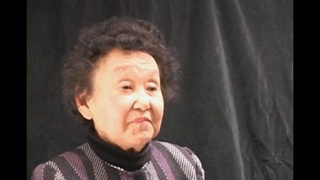Interviews
Loss When Leaving for Manzanar
I think we lost an awful lot of things I would love to still have and I think this is consistent with the experience of an awful lot of people like us. My mother got rid of displays for girls day, boy’s day, and the wonderful little dolls in the court of the lord and so on that they used to display on the steps- I think she had to get rid of those things and of course all the other, more technical things like flashlights.
But the things that reflected your heritage and the loss of those things, if anything brings about a sense of loss or to be honest about it, rankles you, would be things like that- these dolls and various things they had put away. It was almost like Christmas ornaments, they would bring them out once a year. That was sad.
Date: August 6, 1998
Location: California, US
Interviewer: Janice Tanaka
Contributed by: Watase Media Arts Center, Japanese American National Museum








